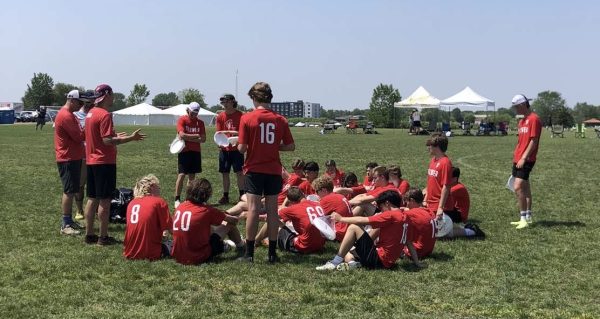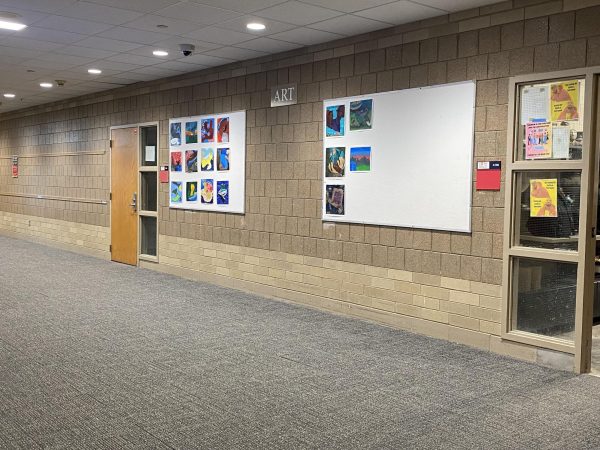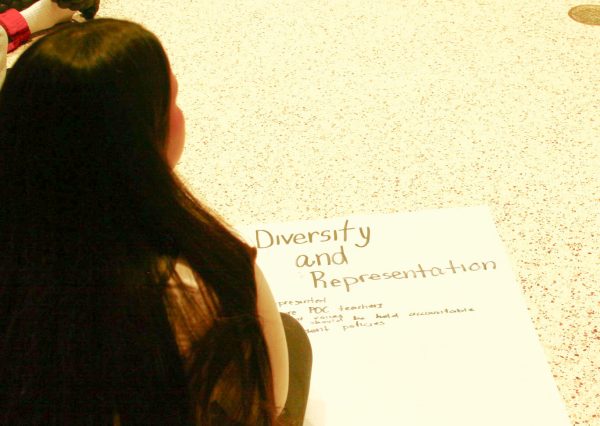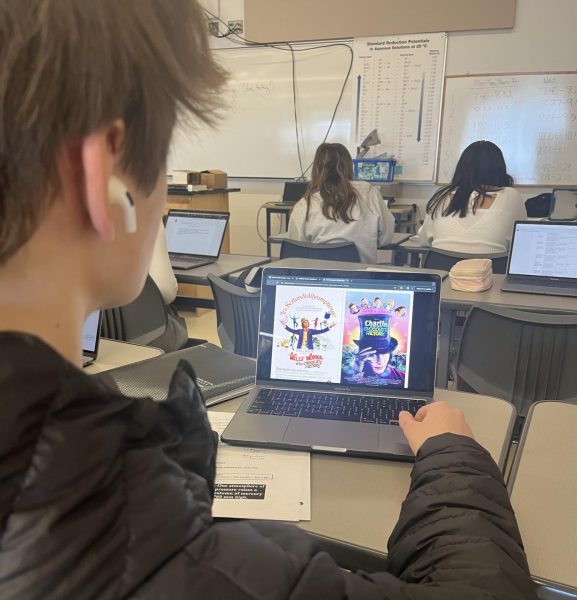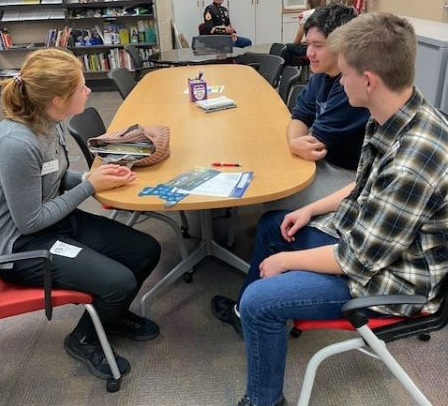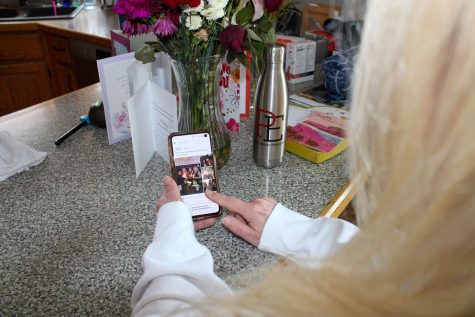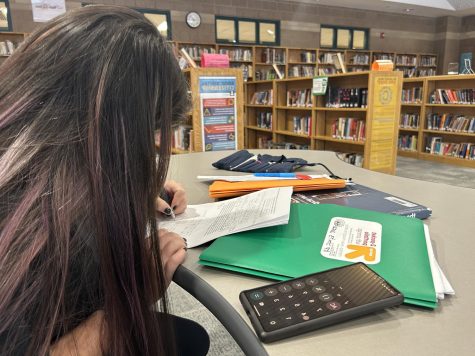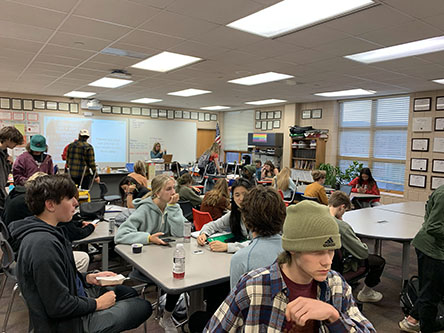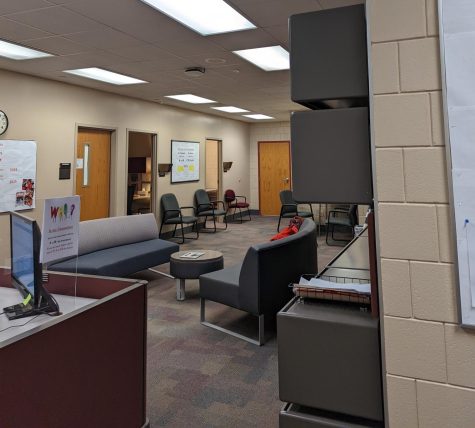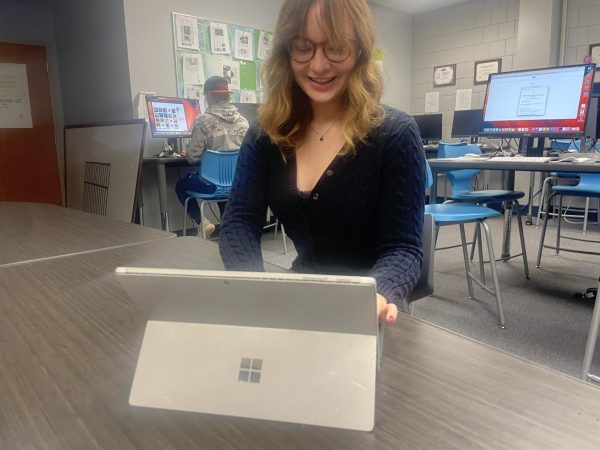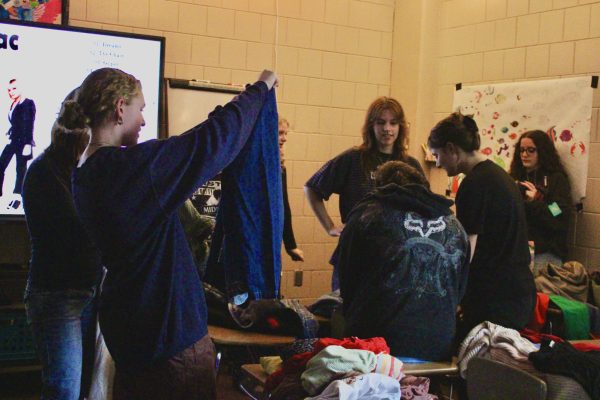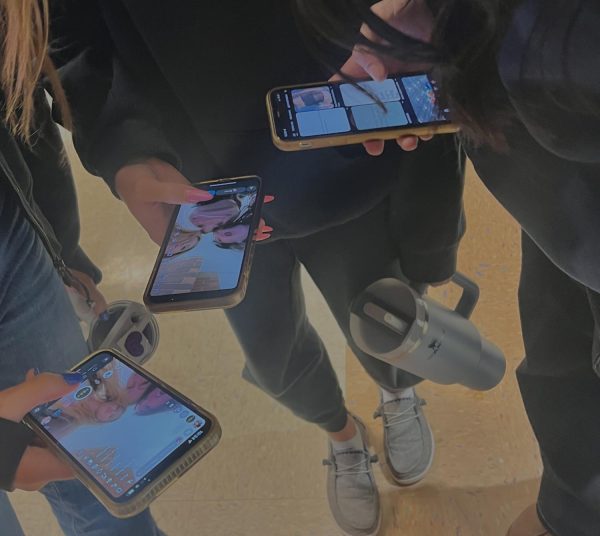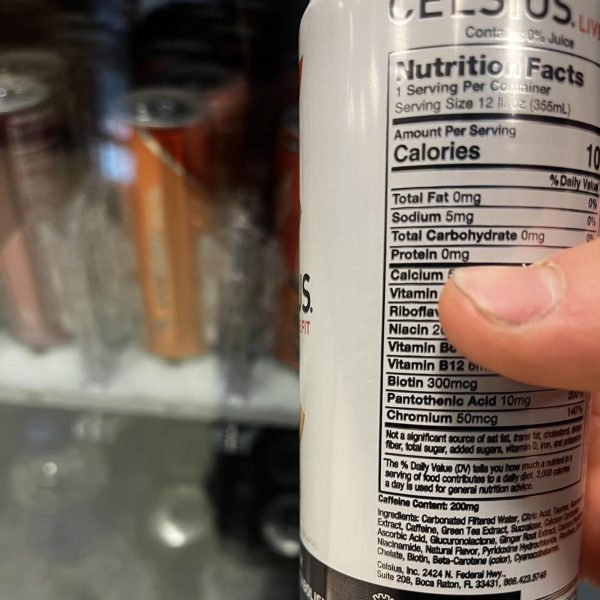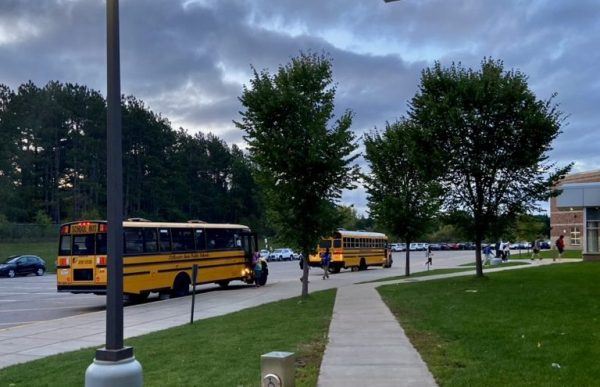Staff Editorial: students need to take responsibility in cafeteria
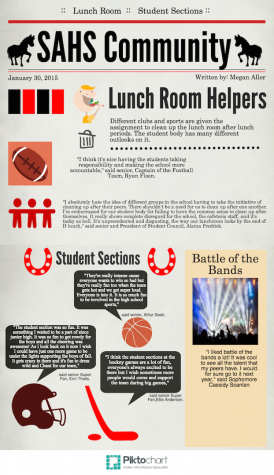
Culture can mean a lot to a specific group of people or tightly bound community. At Stillwater Area High School, it is no different. The atmosphere and culture surrounding the school is inviting, it can be see through thriving students with outstanding ACT scores and grade point averages. Students already seem to be doing a lot of great things, but it is that room for growth that is the problem.
Principal Rob Bach said, “We have a pretty healthy culture. There are a number of times I will have interactions with students, and our students tend to be my favorite out of the three schools that I have worked at.”
When looking at the school as a whole, there are a lot of positive aspects of empathetic actions and aid to one another, but when looking deeper, some problems arise. The school tends to be very cliquey and some people don’t want to go to Homecoming or Battle of the Bands, some students can be very closed-minded. Other students can be very stuck up and inconsiderate of everyone else. Both of these problems can be seen from day to day, but neither outweigh the problem of our school’s cafeteria.
Bach said, ” The one area of our school that does not portray that healthy aspect of our culture is our immaturity in the school’s lunchroom.”
If someone were to walk into the lunchroom, they would not think that they were inside of a high school. The lunchroom is disgusting. People need to be more mature and pick up after themselves. Yes, it is that bad. If one were to walk from one end of the cafeteria to another after four separate lunch periods that overlap, they would be amazed at the mess made.
There are those who make the mess, and those that are given the task of cleaning the mess up. In most instances the people doing the cleaning are sports teams or National Junior Honor Society (NJHS), Student Council, Key Club, and the football team. When people are assigned to clean up after others, it is giving kids the sense that regardless of what they do in life, someone will always be picking up their mess. In reality, they will need to take their own responsibility.
When attempting to fix the well-known cafeteria problem, Bach tried to implement extra lunchroom supervisors, but this solution failed due to limiting funding.
It will start with everyone doing their part to clean up after themselves.
Bach said, “The biggest problem is that we have an overlap during our lunch period where students will be going in and out of the lunchroom, and from table to table. This is what makes it hard to identify the culprit, even with extra supervisors.”
The majority of the lunchroom can be seen doing what they should be doing and cleaning up after themselves, but it is the few that don’t that are causing all of this trouble.
“So why not try having students approach other students,” Bach asked? “I didn’t want to put our kids in the situation where they would have to confront their peers through a possibly uncomfortable way.” This also proves to be a tough situation because students do not always listen to their peers and they may just ignore them.
As the year progresses and students continue their everyday lunch routine, a solution will need to be determined to the well-known cafeteria problem, and it can’t just be left to Bach to determine the best solution. The school community needs to come together to create a solution that everyone can follow successfully to make the lunchroom a more welcoming spot. It will start with everyone doing their part to clean up after themselves.


